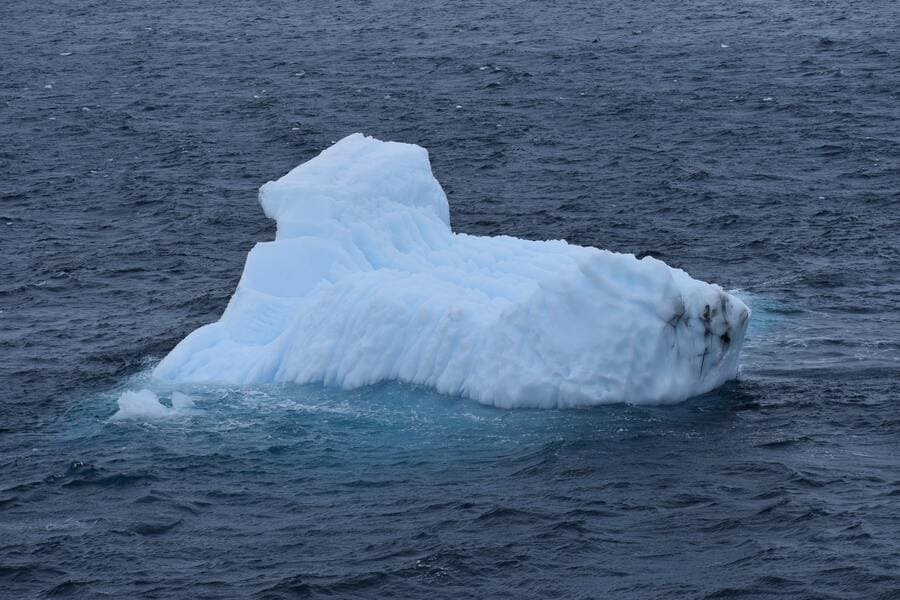Rate of melting in Antarctica is increasing in areas with high of concentrations of soot and contamination by tourists
A recent study, published in the prestigious journal, Nature, revealed that the rate of melting is increasing in areas of Antarctica. Especially where there are higher concentrations of soot. In addition, the research affirmed that contamination by tourists is contributing to the disappearance of tons of ice each summer.
Laboratory scientists sampled 28 settlements, spread over more than 2,000 kilometers. These sites ranged from King George Island, considered the northernmost point of Antarctica, to the Ellsworth Mountains. Among the most alarming results was the loss of ice and snow at a rate of approximately 23 millimeters per year. This is largely influenced by the presence of tourists and research centers.
According to the data collected, snow has between 2 and 4 times more soot in the areas frequented by the most tourists. An average tourist causes the disappearance of up to 83 tons of snow every year.
High concentrations of soot, caused by human presence, are a trigger for climate change. These residues accelerate the rate of melting in Antarctica’s snow. As the snow melts, the so-called “dark surfaces” on the ground increase, allowing these surfaces to absorb more solar radiation. This accelerates the melting process, even more, leading to an increase in warming.
Antarctica has become a tourist destination
Antarctica is becoming an increasingly attractive tourist destination. In 2020, the number of tourists was 74,000; an increase of 32% over 2019 and more than twice as many as in the previous decade. Most tourists are arriving by ship, although pollution is not only caused by visitors. There are almost 80 research centers on the Antarctic Peninsula.
Each summer, these facilities host more than 5,000 scientists. They use airplanes and helicopters to move about, and the electric generators they use release high levels of soot into the atmosphere.
The study in Nature assures that, to prevent the disappearance of Antarctica, it will be essential to resort to ecological alternatives, both for tourism and for the maintenance of the research centers.

